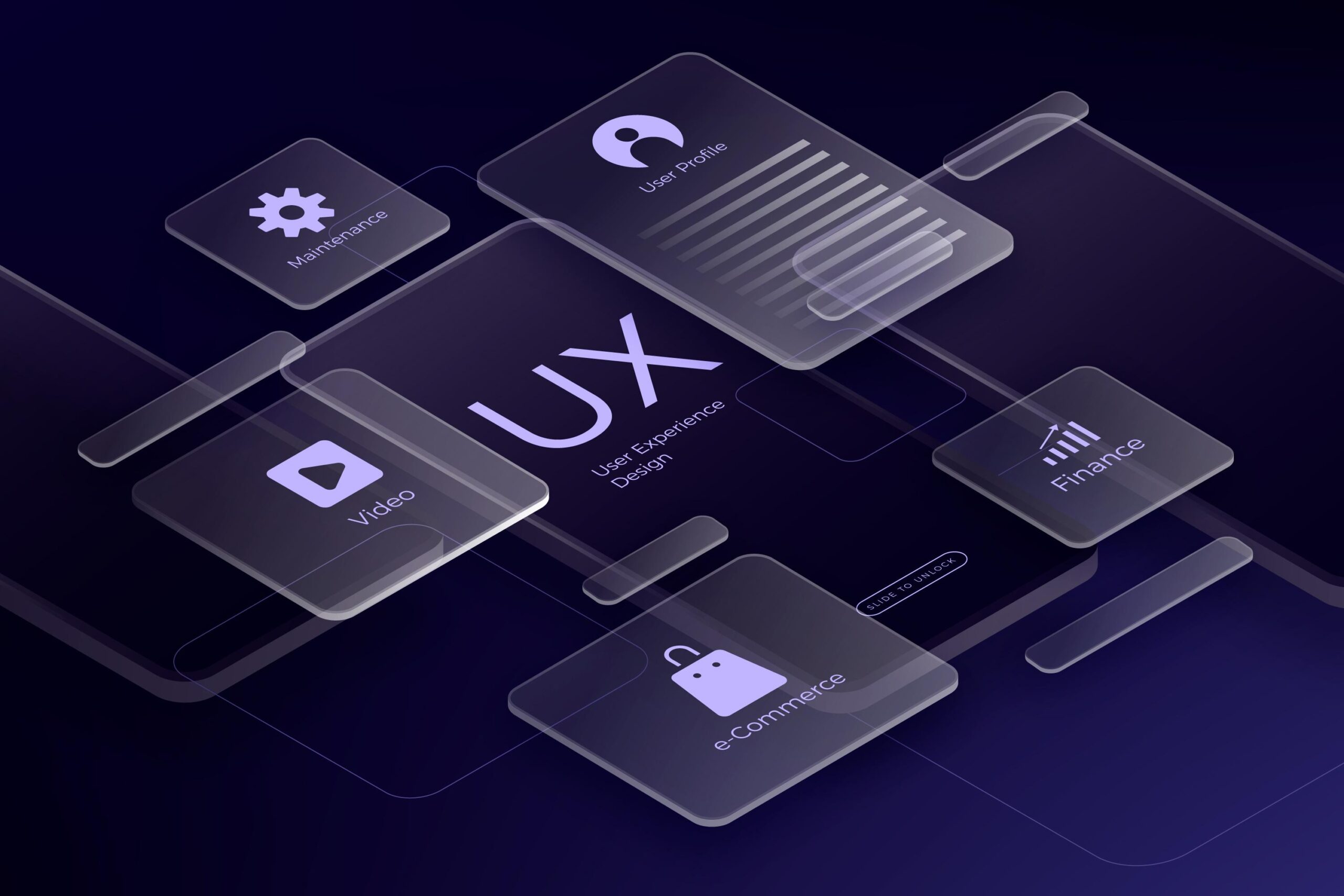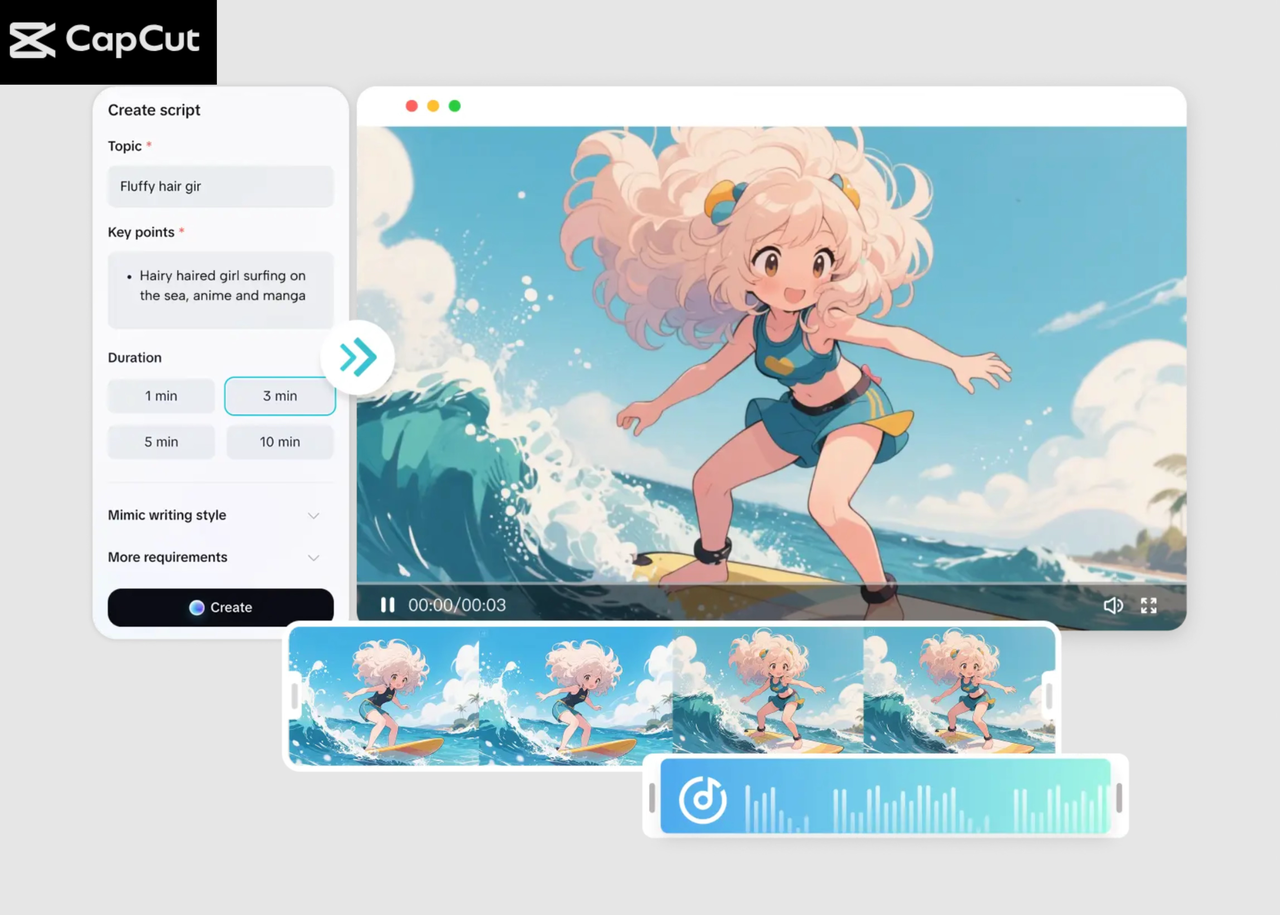Before designing any application or website, UX researchers must conduct thorough research to uncover the insights that turn digital products from ordinary to exceptional. To achieve this, they rely on proven UX research methods that guide every stage of the design process.
Equally important, UX researchers must know various UX research methods and when to use them, so no phase is missed when designing the app or website. This guide will help you understand many ways to conduct UX research effectively.
Key Takeaways:
- UX research methods provide essential insights that guide the design process, ensuring applications and websites meet user needs effectively
- Different methods serve specific phases of design, from early discovery with interviews to optimization with A/B testing and analytics
- Using multiple research approaches ensures accuracy, helping researchers understand behaviors, motivations, and interactions for better digital product outcomes
List of UX Research Methods
If you’re a UX researcher looking to start a new project, these UX research methods can help you define your project’s phases!
1. User Interviews
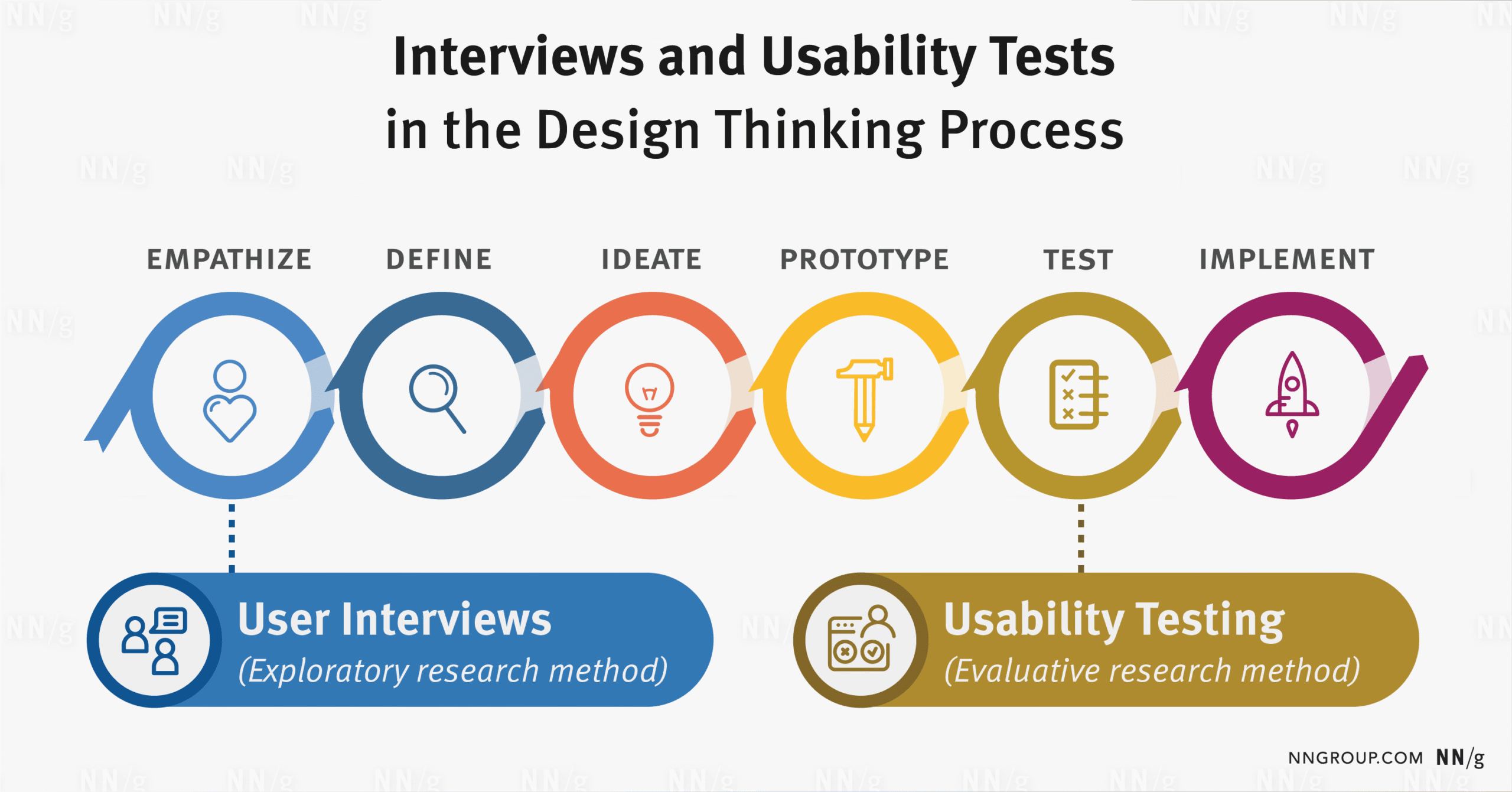 A user interview session (Source: NN Group)
A user interview session (Source: NN Group)
Among different UX research methods, user interviews remain the gold standard for gathering in-depth qualitative insights about user experiences. These one-on-one conversations reveal motivations, pain points, and mental models that drive user behavior.
Because this phase represents the start of the project, user interviews are perfect for use in early product discovery phases and post-launch evaluation periods.
Also Read: 10 UX Designer Skills Every Professional Needs
2. Surveys and Questionnaires
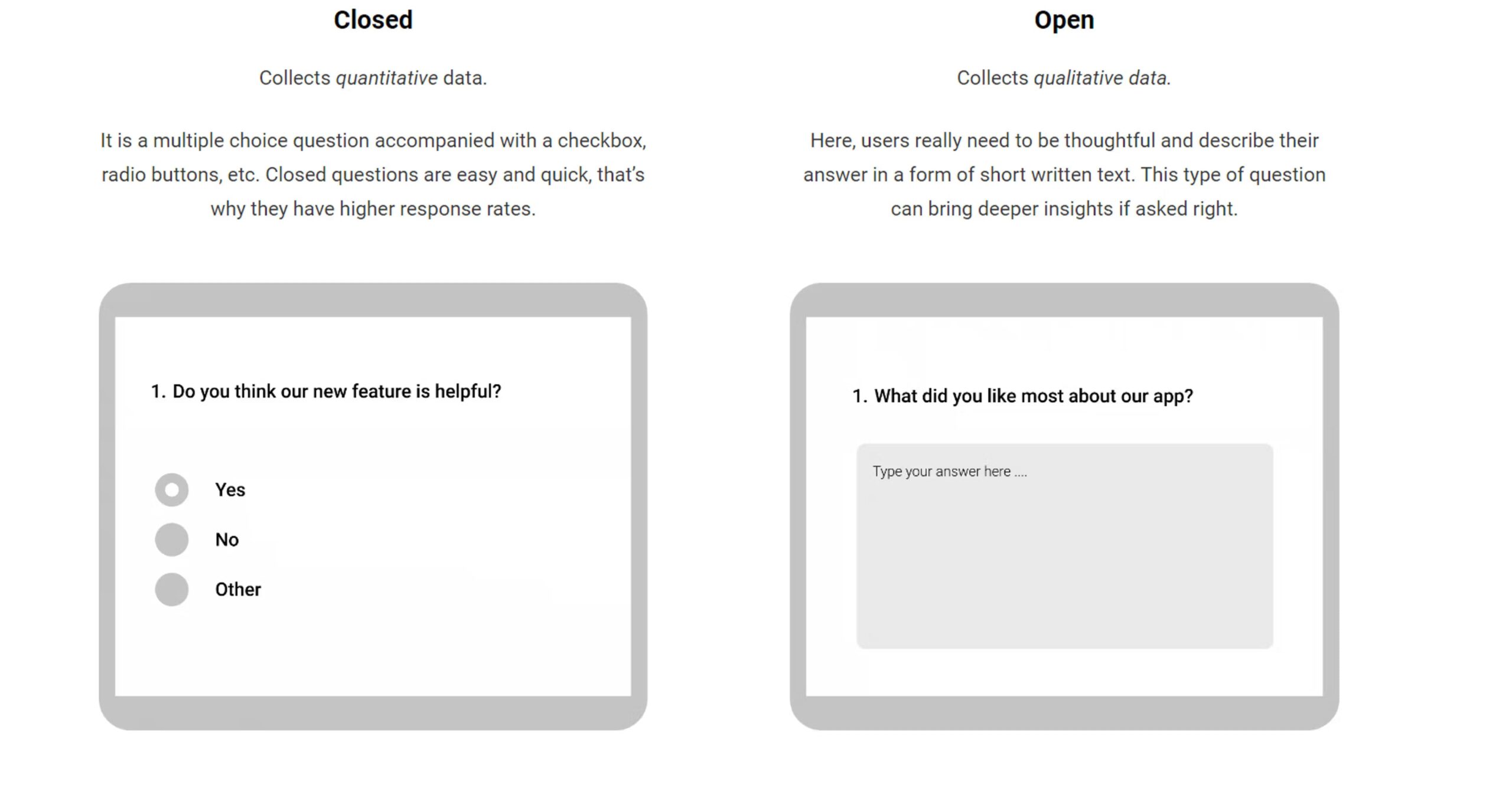 A questionnaire session (Source: Clay)
A questionnaire session (Source: Clay)
Surveys allow researchers to quickly collect feedback from large groups in a cost-effective way. They capture both numerical ratings and written comments about user experiences. This method works best for validating ideas, measuring satisfaction, or identifying trends across different user segments.
3. Focus Groups
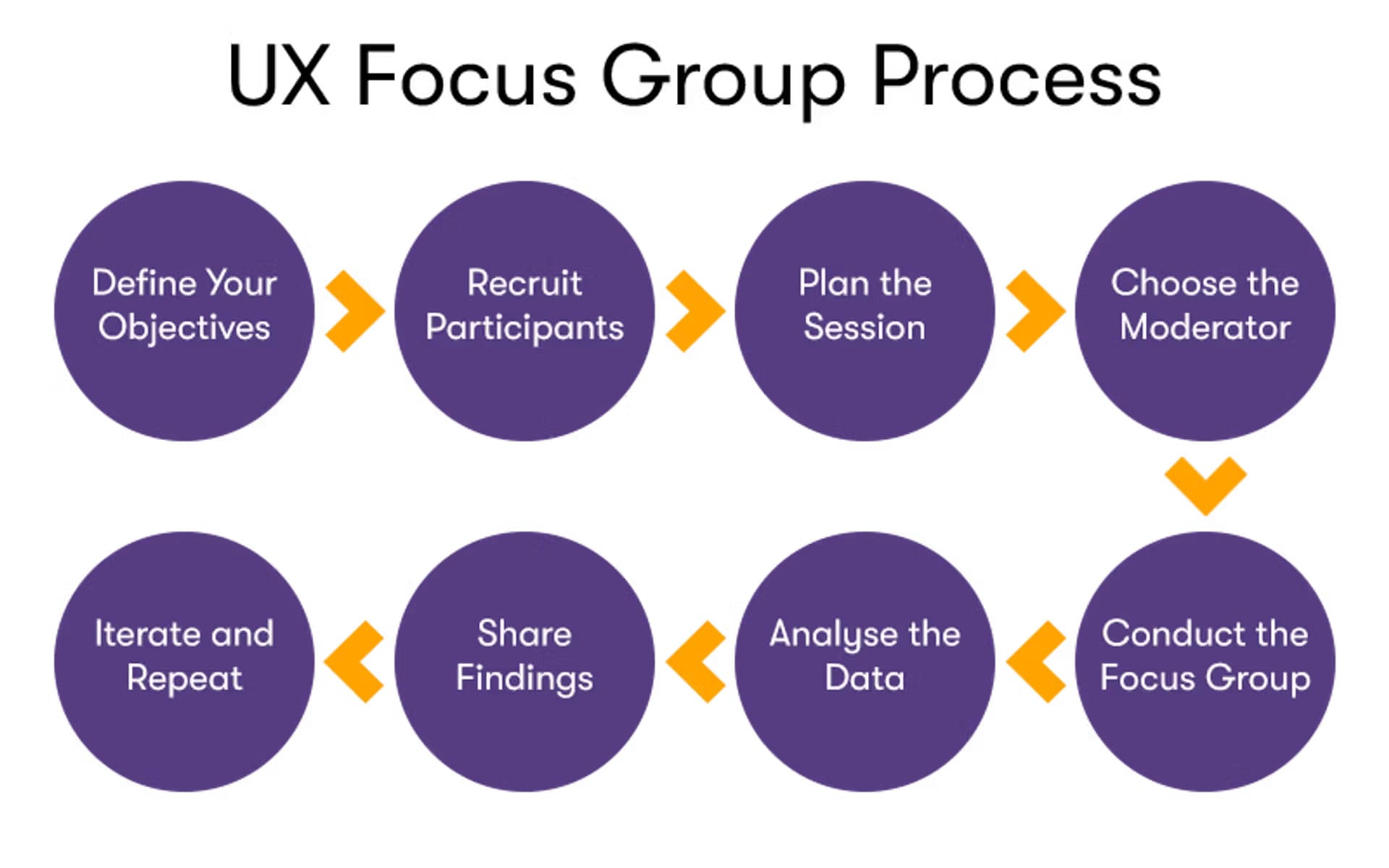 A focus group session (Source: Clay)
A focus group session (Source: Clay)
Focus groups bring together 6–8 participants for a guided discussion that reveals attitudes and perceptions. Through group interaction, researchers gain rich qualitative insights. This method is useful in the early stages of a project, when broad feedback can help shape initial concepts.
4. Card Sorting
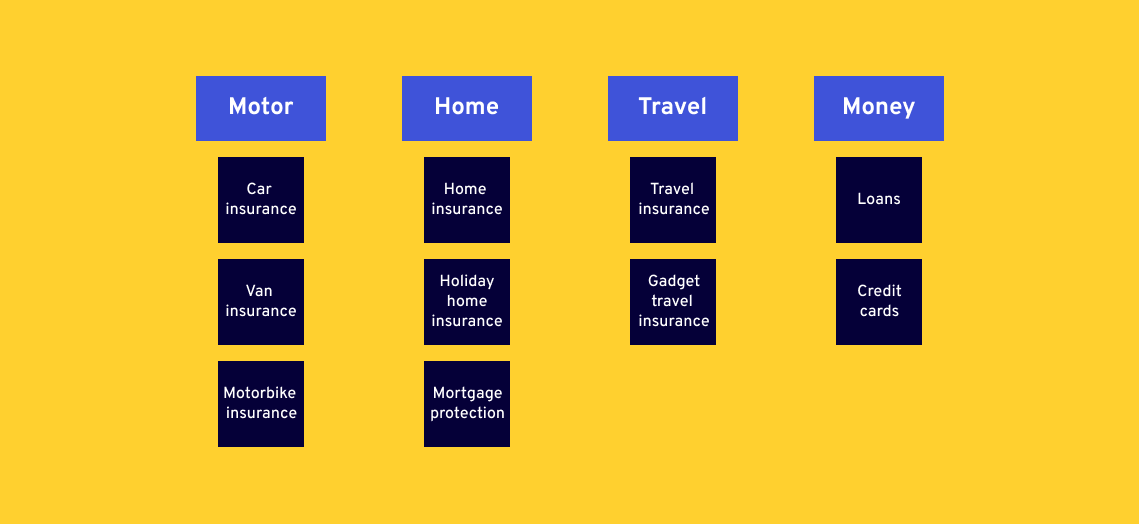 A card sorting example (Source: Michael Gearon)
A card sorting example (Source: Michael Gearon)
Card sorting reveals how users naturally organize and categorize information within digital products or websites. In this method, participants group related content items while creating logical hierarchies that reflect their mental models accurately.
As one of the most practical UX research methods, card sorting is effective during initial site architecture planning and major redesigns; It helps teams build navigation structures that align with user expectations.
Also Read: From Zero to UX: How to Become a UX Designer Step by Step
5. Tree Testing
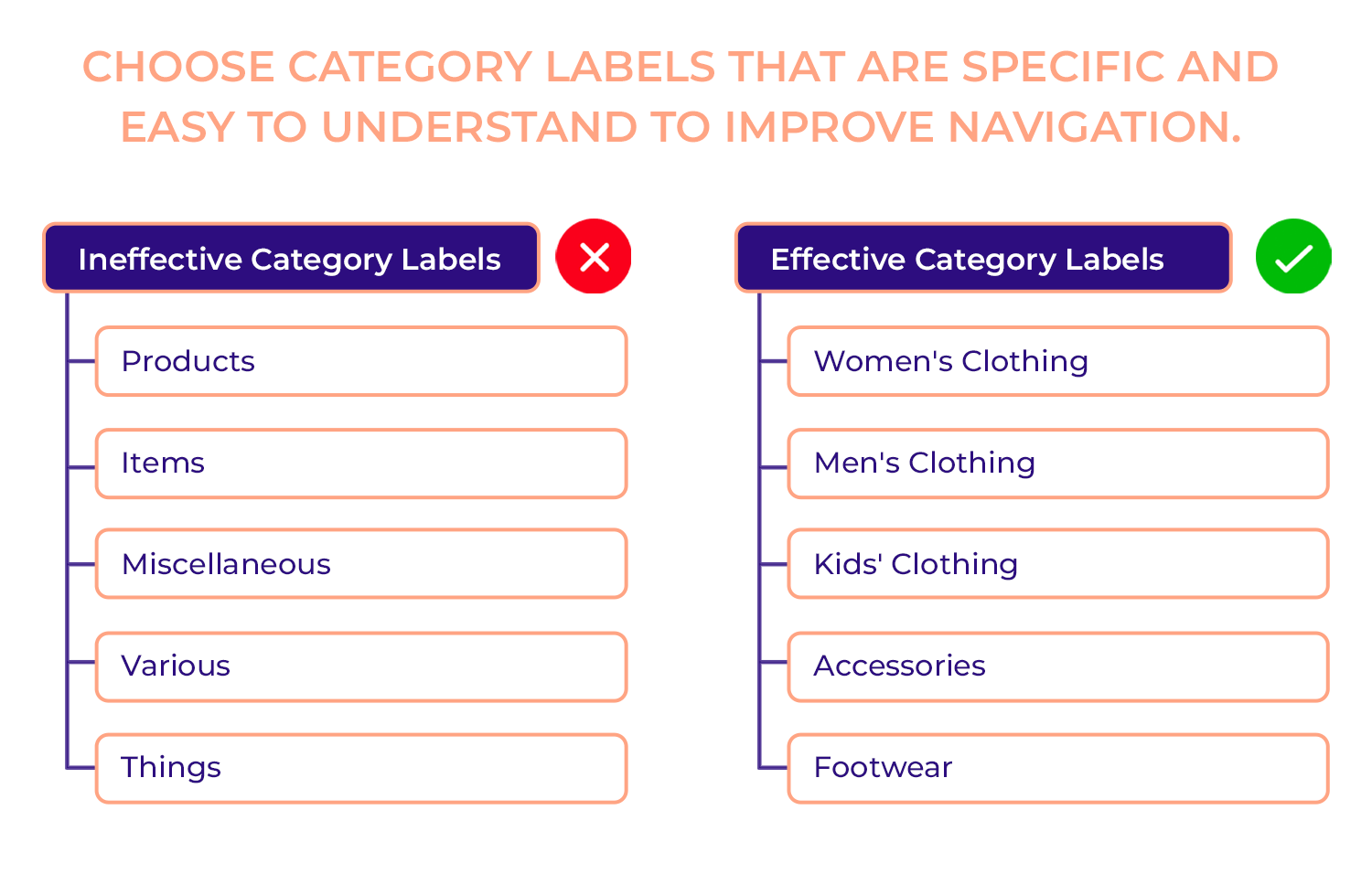 A tree testing example (Source: Justinmind)
A tree testing example (Source: Justinmind)
Tree testing evaluates information architecture effectiveness by measuring how successfully users locate specific content items. Participants who partake in this research will navigate simplified text-based menus without visual design distractions to complete realistic tasks systematically.
Researchers can use this method to find quantitative metrics, including success rates, directness scores, and task completion times, to identify navigation problems before investing in visual design work extensively.
6. Usability Testing
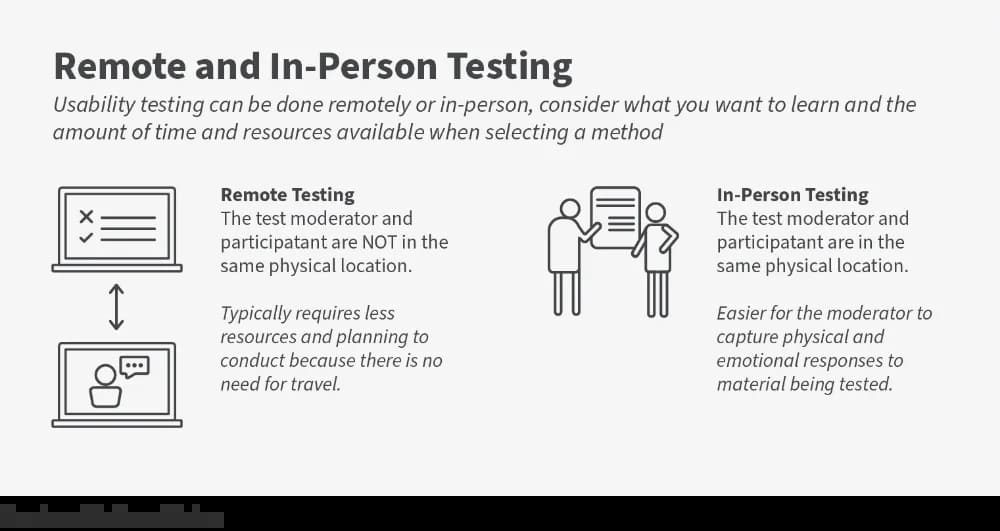 A usability testing session (Source: DHS)
A usability testing session (Source: DHS)
As one of the effective UX research methods, usability testing observes real users attempting realistic tasks with actual products or prototypes. Researchers measure task success rates, completion times, and error frequencies while identifying specific usability problems.
Thanks to the method’s moderated testing, researchers can do real-time problem identification, while unmoderated approaches enable larger sample sizes cost-effectively.
7. A/B Testing
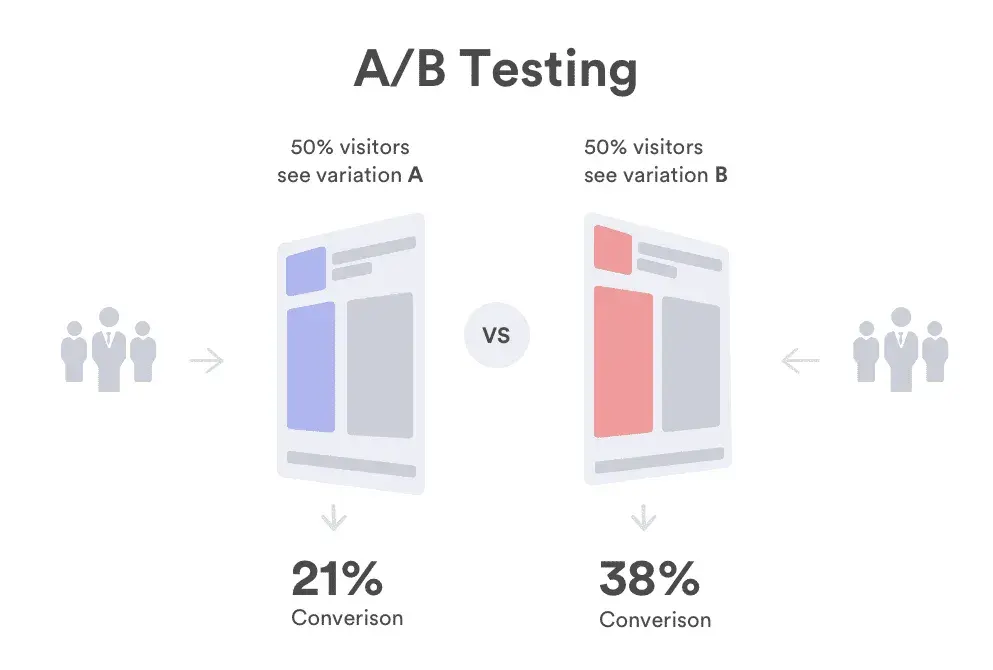 An A/B testing example (Source: CIN7)
An A/B testing example (Source: CIN7)
A classic example of UX research methods, A/B testing compares two design versions to determine which performs better according to predetermined metrics. This controlled experimentation approach provides statistical evidence for design decisions while eliminating subjective bias.
Because of A/B testing’s heavy focus on finding which version works best between two choices, it’s most suitable for optimizing existing features with clear success metrics like conversion rates.
Also Read: UX Audit Explained: What It Is and How to Do It
8. Diary Studies
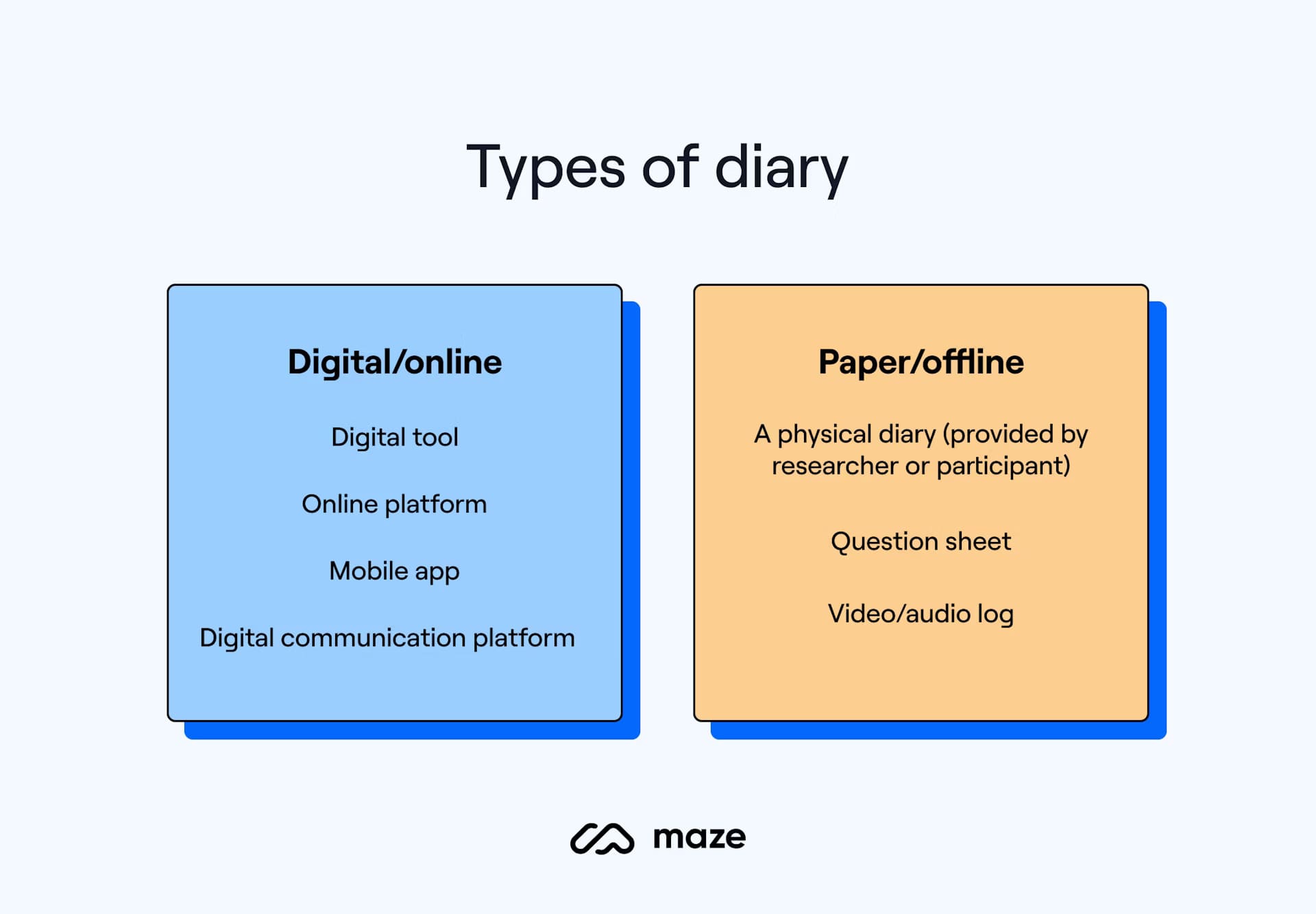 Types of diary for UX research (Source: Maze)
Types of diary for UX research (Source: Maze)
Diary studies track user experiences over time through self-reported logs. Participants record their interactions, thoughts, and contexts while using products in real-world settings. This method helps researchers understand product adoption, habit formation, and long-term satisfaction.
9. Field Studies and Contextual Inquiry
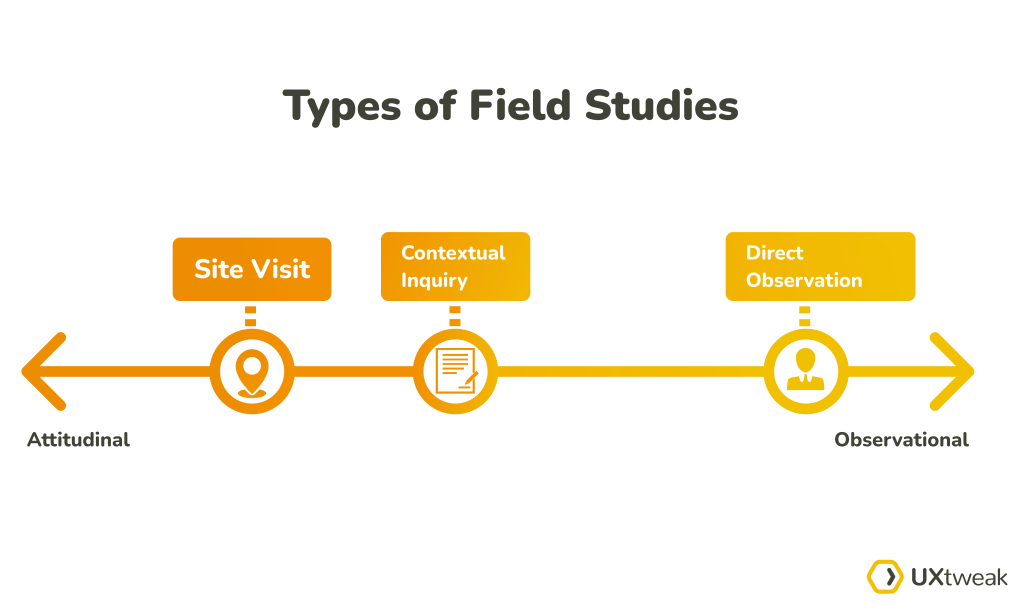 Types of field studies (Source: UX Tweak)
Types of field studies (Source: UX Tweak)
Field studies observe users in their natural environments to see how they interact with products or services. Researchers note contextual factors, constraints, and social influences on behavior. This method provides a deep understanding of real-world usage and validates assumptions about user environments.
10. Heatmaps and Analytics
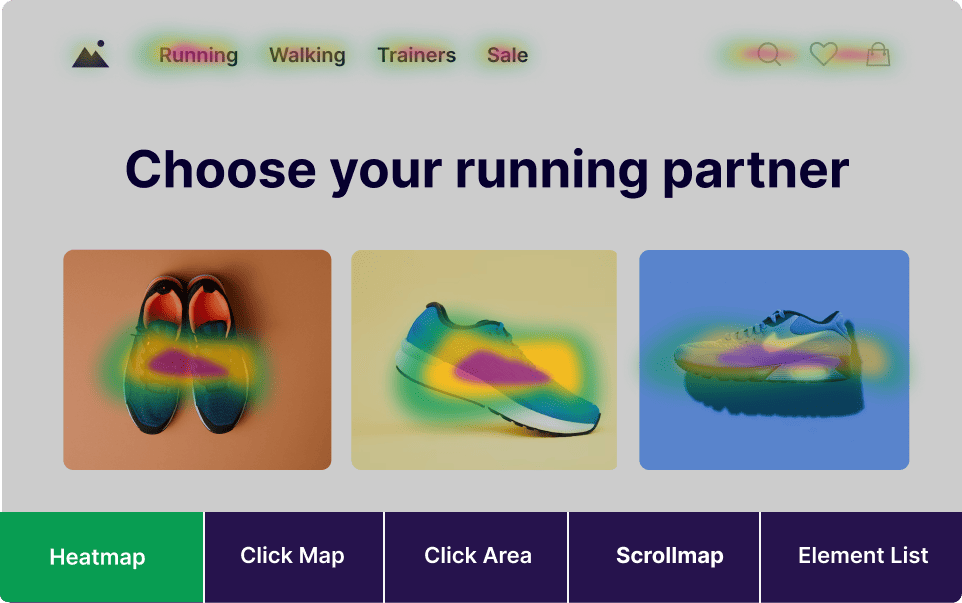 A website heatmap analysis (Source: VWO)
A website heatmap analysis (Source: VWO)
Heatmaps visualize user interaction patterns through click tracking, scroll behavior, and attention mapping systematically. These tools reveal how users actually engage with interfaces compared to intended interaction flows.
As a visual-focused research method, digital analytics work best for identifying usage patterns, problem areas, and optimization opportunities at scale to understand user behavior comprehensively and objectively.
11. Eye Tracking
![]() The flow of someone’s eye movement when using a website (Source: Interaction Design Foundation)
The flow of someone’s eye movement when using a website (Source: Interaction Design Foundation)
As the last example of standard UX research methods, eye tracking measures precisely where users look while interacting with interfaces or physical products to reveal attention patterns, reading behaviors, and visual processing sequences.
As a result of researching such implicit patterns and behaviors, the method provides unique insights into subconscious user behavior that are impossible to gather through other methods.
Also Read: 10 Inspiring SaaS UI/UX Projects That Nailed User Experience
Apply UX Research Methods for Better User Experiences
As we can see, mastering the 11 UX research methods above can give you the insights, like user behaviors and pain points, needed to design products that truly connect with users and work effectively.
Just like research strengthens your design process, typography elevates how your work is perceived. To make your portfolio and case studies stand out, Creatype Studio offers various font collections that perfectly complement UI and UX projects. Explore more remarkable UI/UX fonts today to give your designs the polish they deserve.
